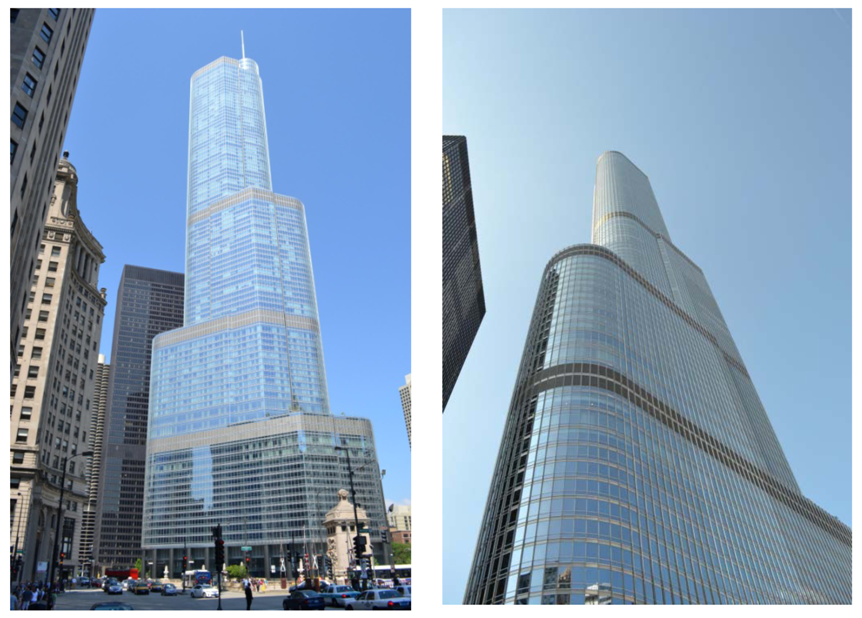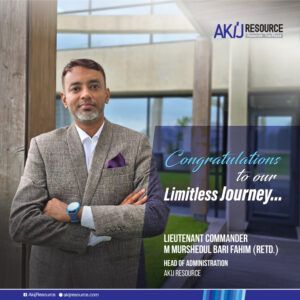Cement is a key material in construction. It is crucial in building cultural landmarks. In Bangladesh, many famous buildings use cement. This article explores how cement plays a role in these structures.

Credit: www.mdpi.com
Why Cement is Important
Cement is strong and durable. It can hold heavy loads. It can also withstand harsh weather. This makes it perfect for building landmarks. In Bangladesh, cement is used in many ways.<h2
Strength And Durability
Cement makes buildings strong. It helps them last a long time. This is important for cultural landmarks. These buildings need to stand the test of time.
Weather Resistance
Bangladesh has a tropical climate. It rains a lot here. Cement can resist water. It also resists heat and humidity. This is why it is used in many buildings.
Versatility
Cement can be used in many ways. It can be shaped into different forms. It can be used for walls, floors, and roofs. It can even be used for decorative elements.
Famous Landmarks in Bangladesh Using Cement
Many famous landmarks in Bangladesh use cement. Here are some of them:
- The National Martyrs’ Memorial
- The Shaheed Minar
- The Jatiyo Sangsad Bhaban
- The Ahsan Manzil
The National Martyrs’ Memorial
This is a famous monument. It honors the martyrs of the Bangladesh Liberation War. Cement was used to build its strong and tall structure.
The Shaheed Minar
This is another important landmark. It honors the language martyrs. Cement was used to create its iconic design.
The Jatiyo Sangsad Bhaban
This is the National Parliament House. It is one of the largest legislative buildings in the world. Cement was used to build its massive structure.
The Ahsan Manzil
This was the official residential palace of the Nawab of Dhaka. Cement was used in its renovation. Now, it stands as a museum.

Credit: www.npr.org
The Process of Using Cement
Using cement involves several steps. Here is a simple explanation:
- Mixing: Cement is mixed with water and other materials.
- Pouring: The mixture is poured into molds or forms.
- Setting: The mixture hardens and sets over time.
- Curing: The cement is kept moist to gain strength.
The Future of Cement in Bangladesh
Cement will continue to play a big role. New landmarks will be built. Old ones will be maintained. Cement will help preserve Bangladesh’s rich culture.
Innovations In Cement
There are many new developments in cement. These include eco-friendly options. These new types of cement are better for the environment. They will be used in future projects.
Training And Education
More people are learning about cement. There are training programs and courses. This will ensure that future builders know how to use cement properly.
Government Support
The government is also supporting the use of cement. There are policies and incentives. These encourage the use of high-quality cement in construction.
Frequently Asked Questions
What Is The Importance Of Cement In Landmarks?
Cement ensures durability and strength in cultural landmarks, making them resilient to weather and time.
How Does Cement Enhance Structural Integrity?
Cement binds construction materials, providing a strong, stable structure essential for landmark longevity.
Can Cement Withstand Harsh Weather Conditions?
Yes, cement is highly resistant to rain, wind, and temperature fluctuations, protecting cultural landmarks.
Is Cement Eco-friendly For Building Landmarks?
Modern cement production includes sustainable practices, making it more environmentally friendly for landmark construction.
Conclusion
Cement is crucial for building cultural landmarks in Bangladesh. It provides strength, durability, and versatility. Many famous landmarks use cement. The future looks bright with new innovations and support. Cement will continue to help preserve Bangladesh’s cultural heritage. Additionally, cement is an essential and durable construction material for creating modern infrastructure and buildings in Bangladesh. Its versatility allows for the construction of both traditional and contemporary structures, contributing to the country’s architectural diversity. With ongoing advancements in cement technology, it will remain a vital component in the development and preservation of Bangladesh’s cultural landscape.





















